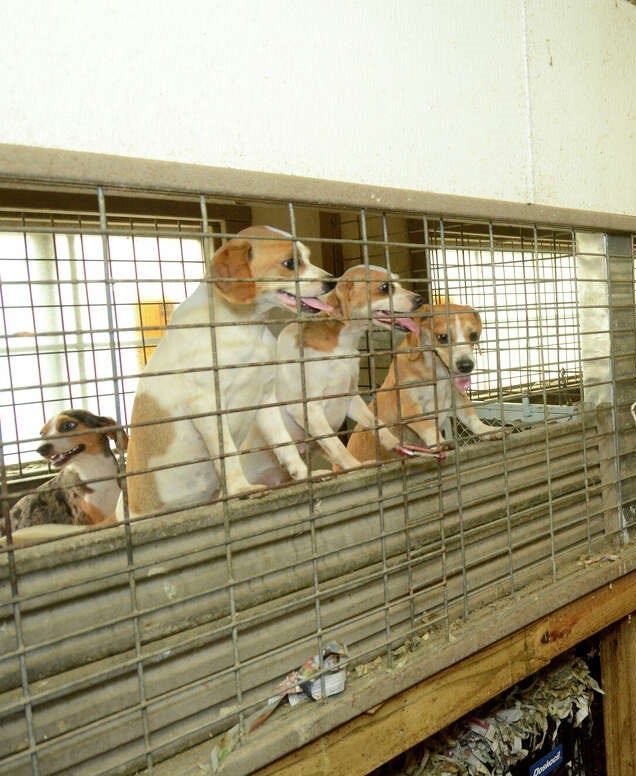The Death of Lolita
News and headlines for August 19 - August 25, 2023

These are some of the stories making headlines in animal protection:
If enacted into law, legislation in Michigan would ban the retail sale of commercially-bred animals in pet stores.
Under HB 4838, pet stores could partner with rescue groups and animal shelters to have animals available.
California enacted a similar law in 2017, becoming the first state to ban such sales, according to reporting by the Associated Press. A handful of states followed. In 2020, Maryland banned the sale of cats and dogs in pet stores, triggering pushback from shop owners and breeders who challenged the measure in court. Illinois barred pet shops from selling commercially raised puppies and kittens a year later. New York banned pet stores from selling cats, dogs and rabbits near the end of 2022.
Such laws do three things:
Encourage people to adopt/rescue;
Educate the community about dog and cat (and rabbit) abuse in mills;
Stop that abuse.
And they work. Thanks to the passage of these laws nationwide, the number of commercial breeders in the U.S. has declined by 30%, and “Nebraska Department of Agriculture records show that half of the state’s commercial dog and cat breeders have left the business.”
Pet stores generally get their animals from Commercial Breeding Enterprises (CBEs), commonly called “puppy mills.” CBEs engage in systematic neglect and abuse of animals, leaving severe emotional and physical scars on the victims. One in four former breeding dogs have significant health problems, are more likely to suffer from aggression, and are psychologically and emotionally shut down, compulsively staring at nothing.
As more people turn to rescue and adoption and more shelters embrace progressive policies, the number of communities placing over 95% and as high as 99% of the animals is increasing. This week, Marshall, TX, reported that its animal “shelter” once killed 98% of animals. Today, they have a 94% placement rate.
These communities and national data prove that animals are not dying in pounds because there are too many, too few homes or people don’t want the animals. They are dying because people in those pounds are killing them. Replace those people, implement the No Kill Equation, and we can be a No Kill nation today.
“Irremediable suffering” means an animal with a poor or grave prognosis for living without severe, unremitting physical pain, even with prompt, necessary, and comprehensive veterinary care.
Some organizations have argued that shelters can kill up to 10% of animals and still be No Kill, but that argument does not withstand scrutiny. The guideline that about 10% of animals who enter shelters are irremediably suffering was promulgated in 2008 with a minimal data set. At the time, less than a handful of communities with placement rates between 92% and 95%, and many illnesses, like parvovirus, had a poor to grave prognosis for recovery.
Today, these once-fatal diseases have a good to excellent prognosis. Additionally, understanding of and the ability of shelters to rehabilitate dogs once considered dangerous has vastly improved. As a result, communities across the country are successfully placing 99% of the animals. By current veterinary and behavior standards, roughly 1% of animals entering shelters are dangerous dogs and irremediably suffering animals.
Today’s results should not be judged by yesterday’s standards.
Oregon’s SB 5506 was signed into law, allocating nearly half a million dollars for “an animal cruelty resource prosecutor.”





